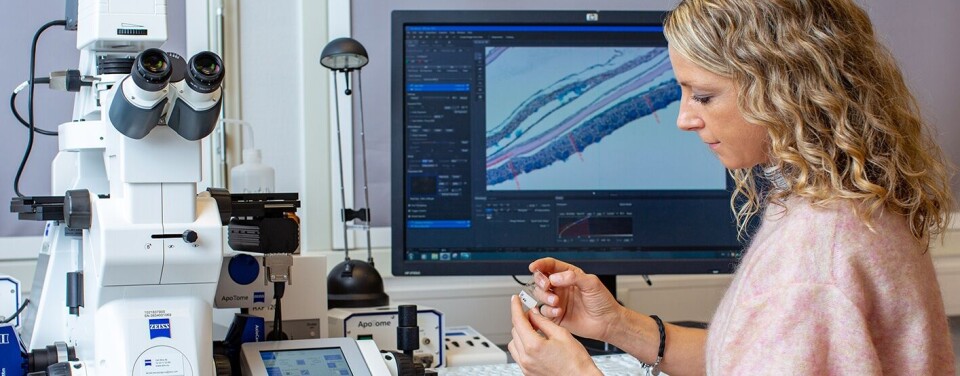
Study: Zinc and omega-3 support sea transfer
Salmon that had received higher doses of zinc and omega-3 better tolerated the transfer to seawater, according to scientists from Norwegian research institute Nofima.
The researchers carried out a project to evaluate how different levels of zinc and marine omega-3 fatty acids (EPA and DHA) in salmon feed affect function, barrier properties and wound-healing processes in the skin of the fish.
In the Nofima experiment, five groups of salmon received foods with different levels of zinc and omega-3 fatty acids that ranged between 100 and 300 mg of zinc and 0.5 and 2 grams of omega-3 fatty acid per kilo of food – levels that are above and below what is common in commercial fish feed today.
External stresses
The salmon were studied through smoltification in freshwater and transfer to salt water for ten weeks. The results of the experiment showed that the various skin layers are affected by the zinc and omega-3 levels in the feed.
According to Nofima, “the fish that had received higher doses of omega-3 and zinc better supported the transfer to seawater. While high levels of marine omega-3 strengthened the lower layers of the skin, through the thicker connective tissue and fat layers, high levels of zinc affected the outer layers, since the outermost layer, the epidermis, became softer and contained more mucus-producing cells. These differences seem to affect the strength of the fish’s skin and its ability to withstand external stresses.”
Faster wound healing
The scientists also saw that the wounds in fish that had received high levels of zinc and omega-3 in the food healed faster than those of fish that had received lower levels. Nofima researcher Elisabeth Ytteborg said that “when we challenged the fish in the form of exposure to salt water or wounds, we could clearly see that the levels of zinc and omega-3 in the feed have an important impact on the health of the skin of the fish”.
“Salmon would benefit from being prepped with zinc and omega-3 before they are transferred to seawater. The same may also apply before they are treated for lice, moved to cold water or another stressful event that we know can be challenging for skin health. However, we don’t know enough this yet. There are strict restrictions on how much zinc can be used in salmon feed, but what we can continue working on is making the zinc that is allowed to be more accessible to the fish,” said Ytteborg.
Current EU regulations allow a maximum of 180 mg of zinc per kilo in fish feed. Less than 50% of dietary zinc is absorbed by the fish, and unabsorbed zinc might reach harmful levels when emitted to the environment. Nofima is continuing its research on how salmon could use zinc more efficiently.






















































